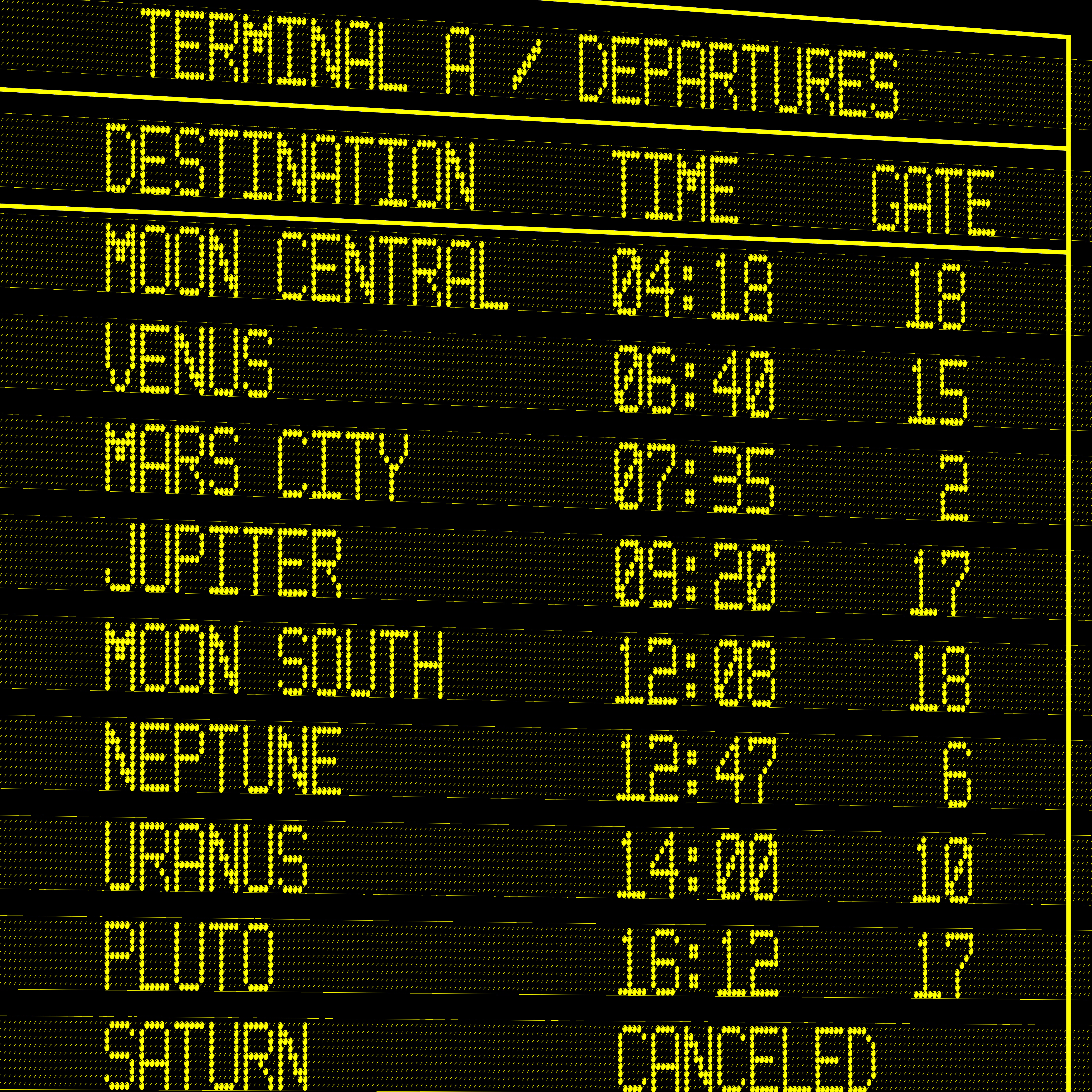
As a break from the depressing daily news headlines, consider the incremental steps to figure out how to mine the abundant resources on asteroids.
7/17 – Space.com – Asteroid Mining Company’s 1st Satellite Launches from Space Station – Planetary Resources had a small satellite launched from ISS. It was a three unit cubesat measuring 30 x 10 x 10 cm or 12” x 4” x 4”. This will test a variety of systems and techniques that will be needed to mine asteroids. Pulling water and mineral off asteroids is a huge step in expanded space exploration. After this 90 day experiment is over they will launch another cubesat later this year (12” x 8” x 8”) to test the next set of techniques.
Why water?
8/11 – Space.com – Asteroid Mining May Be a Reality by 2025 – The payoff from mining asteroids is not bringing precious metals back to earth. The payoff is far higher.
Most basic item would be pulling water off asteroids, some of which presumably hold a lot of water. That would come from carbonaceous chondrites, which is a bunch of syllables with no meaning to me. Water would be used not only to hydrate astronauts but would also be split into the hydrogen and oxygen molecules. Those in turn provide fuel for spaceships.
Second payoff would be common metals such as iron, nickel, and cobalt. Those would allow manufacturing stuff in space.
The final payoff would be gathering platinum-group metals, which are critical to manufacturing electronics and assorted high-tech goodies, which would be needed in abundance for space travel.
All those resources would be extremely valuable if they could be pulled off an asteroid, particularly compared with the astronomical cost (sorry – feel free to groan) to lift something from earth into orbit.
Anything you could pull off an asteriod would essentially be worth the thousands of dollars a pound it costs to get stuff into orbit.